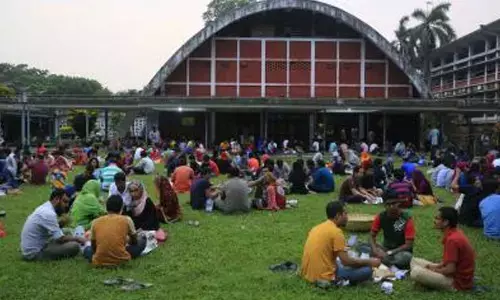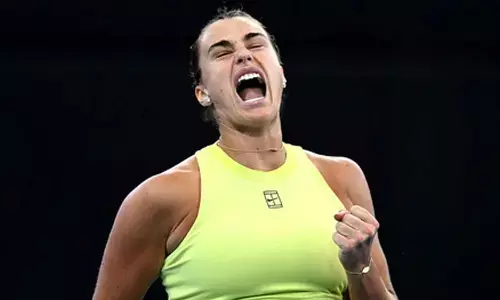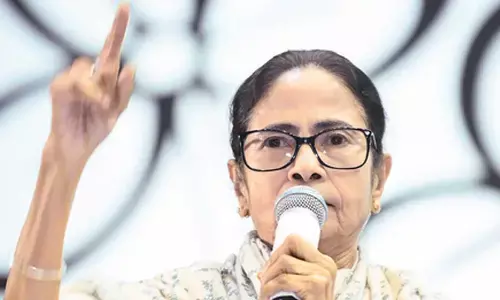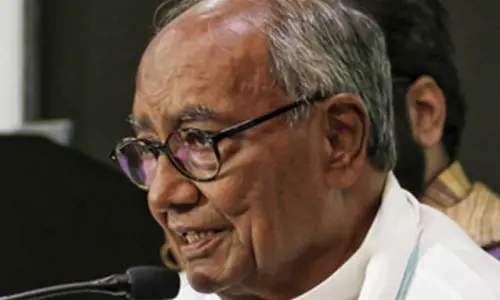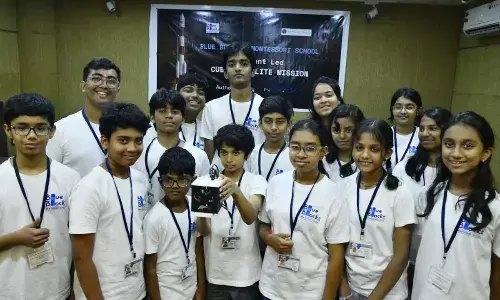Inflation reins in RBI
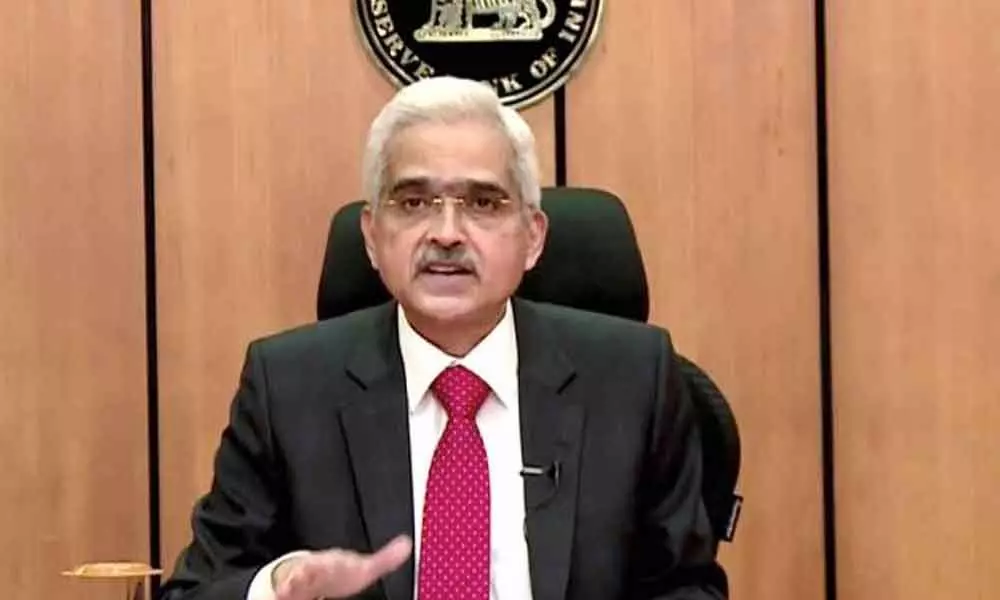
Shaktikanta Das, RBI Governor
Reserve Bank keeps key rates unchanged on inflation worries, projects lower GDP contraction of -7.5%
Mumbai : Reined in by spiralling inflationary pressures, Reserve Bank of India (RBI) on Friday left key interest rates unchanged for the third straight time and said the economy was recuperating fast and would return to positive growth in the current quarter itself.
The six-member Monetary Policy Committee (MPC) unanimously decided to keep the benchmark repo rate — the rate at which RBI lends to commercial banks - at 4 per cent. Since January, RBI has reduced that rate by 115 basis points before hitting the pause button in August on concerns on inflation.
The reverse repo rate, or the rate at which banks lend to the central bank, was kept unchanged at 3.35 per cent.
The MPC "decided to continue with the accommodative stance of monetary policy as long as necessary - at least through the current financial year and into the next year," Governor Shaktikanta Das said. The central bank's stance is "to revive growth on a durable basis and mitigate the impact of Covid-19 while ensuring that inflation remains within the target going forward," he added.
Das said inflation continues to be sticky. Consumer-price growth or the headline CPI inflation, at 7.6 per cent in October, was well above the upper end of the RBI's 2-6 per cent target band and it expected the outlook for inflation to worsen. RBI sees price gains in the fiscal third quarter at 6.8 per cent and easing a bit to 5.8 per cent in January-March.
Supply-side factors, such as unseasonal rains, labour shortages, higher services prices, higher commodity prices and higher taxes have contributed to a spike in both headline and core inflation. "Our paramount objective is to support growth while ensuring that financial stability is maintained and preserved at all times," Das said.
The RBI revised its growth outlook, seeing a milder 7.5 per cent contraction in the fiscal year to March 2021 as opposed to its October forecast of a 9.5 per cent shrinkage of the GDP. This after a shallower-than-expected decline in the gross domestic product (GDP) in the July-September quarter.
India entered a technical recession last week - it was the first time in decades that Asia's third-largest economy saw two consecutive quarters of contraction. A coronavirus lockdown between late-March and May led to a collapse in private consumption and investment demand as well as significant job losses, which further curtailed spending.
Das said high-frequency indicators point to a recovery gaining traction, with double-digit growth in passenger vehicles and motorcycle sales, railway freight traffic, and electricity consumption in October.
The GDP, he said, will grow by 0.1 per cent in the October-December quarter and by 0.7 per cent in the following three months. The economy had contracted by a record 23.9 per cent in the April-June quarter and by 7.5 per cent in the following three months. RBI had previously forecast a 5.6 per cent contraction in the quarter through December, followed by a return to growth in the three months to March.









